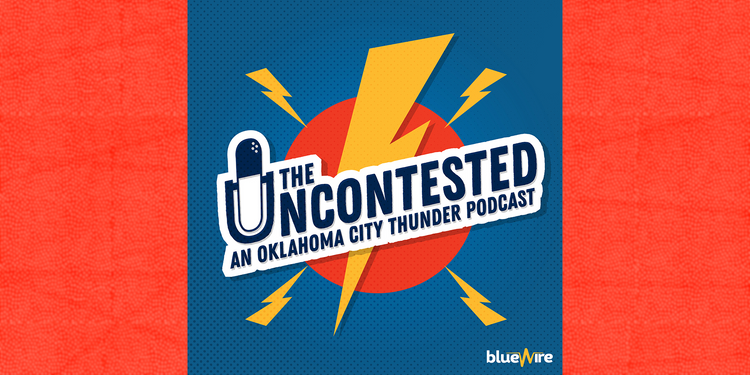The more Westbrook, the better


We all heard it. Read it. Saw it. Some even said it. For the Thunder, pretty much all of the 2011 postseason was focused on Russell Westbrook and what he should and shouldn’t be doing.
For most Thunder fans, we were all saying, “What’s the big deal? That’s just Russell Westbrook.” But it didn’t matter. When people saw box scores showing 30 attempts by Westbrook’s name and the fact he took six more shots than Durant, there wasn’t a person in the world that could calm down the harrumphing going about.
But here’s an interest thing from John Schuhmann’s StatsCube profile on the Thunder on NBA.com: The more Westbrook was involved in the offense, the better the Thunder were. Consider this:
The two All-Stars didn’t spend much time on the floor by themselves. Of their 5,885 total minutes, 89 percent were played together. As a comparison, only 76 percent of James’ and Wade’s total minutes were played together. Bryant and Pau Gasol? 83 percent.
Durant’s usage rate was 35.3 percent in his 432 minutes with Westbrook on the bench, but just 26.5 percent when Westbrook was in the game. But both players scored more efficiently (had a higher true shooting percentage) when they were on the floor together.
When you rank third in usage rate and play almost all of your minutes with the league’s leading scorer, you tend to rack up a lot of assists. Westbrook ranked ninth in the league at 8.2 assists per game, but no player in the league received more assists from a single teammate than Durant did from Westbrook.
Overall, Durant (true shooting percentage of 58.9) was a more efficient scorer than Westbrook (53.8), but the simple facts are that Westbrook’s usage went up and the Thunder offense improved.
That pretty much goes against everything the Westbrook critics have said over the past six months. That chatter was all about how KD needed to be with a true point guard, someone like Chris Paul or Rajon Rondo in order for the Thunder to really go to the next level.
But look at the numbers: Westbrook assisted Durant on more field goals made than any other player in the league (279, next closest is CP3 and David West with 212). The Thunder’s offense finished the season in the top five in both points per game and offensive efficiency, and was a top three unit the last couple weeks.
What made the Thunder turn the page offensively after Jeff Green was traded was three-fold: 1) Green and his horribly inefficient offensive ways were gone, 2) James Harden had a much bigger role and 3) Westbrook had a bit more leash.
The issue was never about Westbrook and Durant working together. It was about the structure and how things changed in a 7-game postseason series against a veteran team and good coach. Don’t you think Rick Carlisle had a gameplan prepared to stop the Thunder? And with seven games to figure it out, he was going to have something. The Mavs did their best to take away Durant and put all the pressure on Westbrook to make plays. Westbrook had to score. It was the only way the Thunder would crack 90.
What hurt Oklahoma City there was the fact that Westbrook often tried to do too much instead of taking a deep breath and that Durant had difficulty getting free of Shawn Marion for Westbrook to pass him the ball. In the series against the Mavs, OKC’s offensive rating dropped all the way to 78.2, which is horrible. But that was more about what the Mavericks did right, than the Thunder did wrong.
Dallas was prepared for that. Oklahoma City, all the way down to its coaching staff, was not. It’s something to learn from. And despite that, the Thunder were a couple blown fourth quarter leads away from having that series 3-2 in their favor and coming back to OKC.
The Thunder aren’t just fine with Westbrook. They’re actually better off with more of him.

